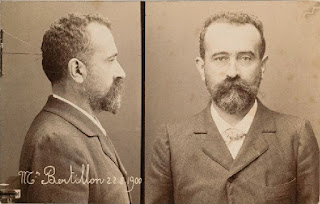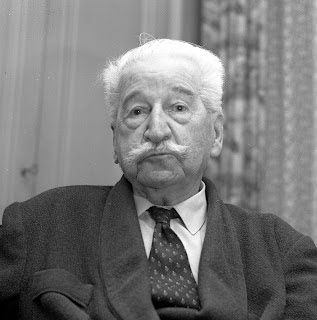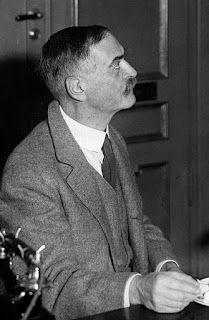History and Development of Forensic Science
The term 'forensic' is obtained from the Latin word 'Forensis' which means "court of justice". So we can say, forensic science is a branch of science that deals with the individualization, recognition, identification, and evaluation of physical evidence by the use of natural science for criminal justice.
Forensic science is also known as 'criminalistics' in some countries with branches like fingerprints, documents, ballistics, odontology, etc. It is derived from major branches of science like physics, biology, and chemistry.
In the 19th century when natural science began to develop rapidly, forensic science started deepening its roots in criminal justice. Forensic science was widely accepted because there is no place for the torture of criminals for detecting crime in a civilized society.
Forensic science was made more famous by sir Arthur Conan Doyle's fictional character 'sherlock homes' in which crime investigation is done by scientific methods. Most of the development work in forensic science originated from the continent of Europe.
Following are the forensic scientist that greatly contributed to the development of forensic science:
1) Mathieu Orfila (1757-1853)
Mathieu Orfila is considered the father of modern toxicology. He was a native of Spain and a teacher of medicine in France. In 1814, Mathieu Orfila published his first scientific paper on the detection of poisons and their effects on animals. His works are in use even today.
2. Alphonse Bertillon (1813-1914)
Alphonse Bertillon of France is known for the development of the first scientific system of personal identification. In 1879, he developed the science of anthropometry which is a systematic procedure of taking a series of measurements to distinguish one individual from another.
This system was popularly known as Bertillon's system. This system was considered the most accurate method of personal identification for nearly two decades. This system was eventually replaced by a fingerprint system.
Due to Bertillon's work on the personal identification of individuals, he was considered the father of criminal identification systems.
3. Francis Galton (1822-1911)
Francis Galton of the U.K did the first systemic study of fingerprints. He developed a methodology for classifying fingerprints for filing purposes. In 1892, he published a book named "fingerprints" which had good statistical proof stating the uniqueness of fingerprints in personal identification.
4. Hans Gross (1847-1915)
Hans Gross of Austria was a lawyer by profession. He dedicated many years to developing the principles of the criminal investigation. In his classic book 'Handbuch fur untersuchungsrichter', he described how we can take the assistance of science in criminal investigation.
5. Edmond Locard (1847-1915)
Edmond Locard was a Frenchman who took forward the work done by Hans Gross in the criminal investigation. He demonstrated how the principles given by gross could be applied within a workable crime laboratory. He gives the famous "Locard principle of exchange" which states that when a criminal comes in contact with an object or person, a cross-transfer of evidence occurs.
In 1910, Locard established a police laboratory in Lyons, and later he founded an institute of criminalistics at the University of Lyons. During world war-1, Locard's success inspired the formation of police laboratories in Vienna, Berlin, Sweden, Finland, and Holland.
6. Karl Landsteiner (1868-1943)
In 1901, Dr. Karl Landsteiner discovered that blood could be grouped into different categories that is blood groups A, B, AB, and O. Following this, in 1915, Dr. Leone latter of Italy found a relatively simple process for determining the blood group of dried bloodstains and immediately adopted this technique for criminal investigation.
7. Calvin Goddard (1891-1955)
Calvin Goddard was a U.S army colonel who perfected the science of ballistics. He developed a comparison microscope for comparison of crime and test-fired bullets from the suspect's weapon to determine whether that particular weapon was used in the offense or not.










